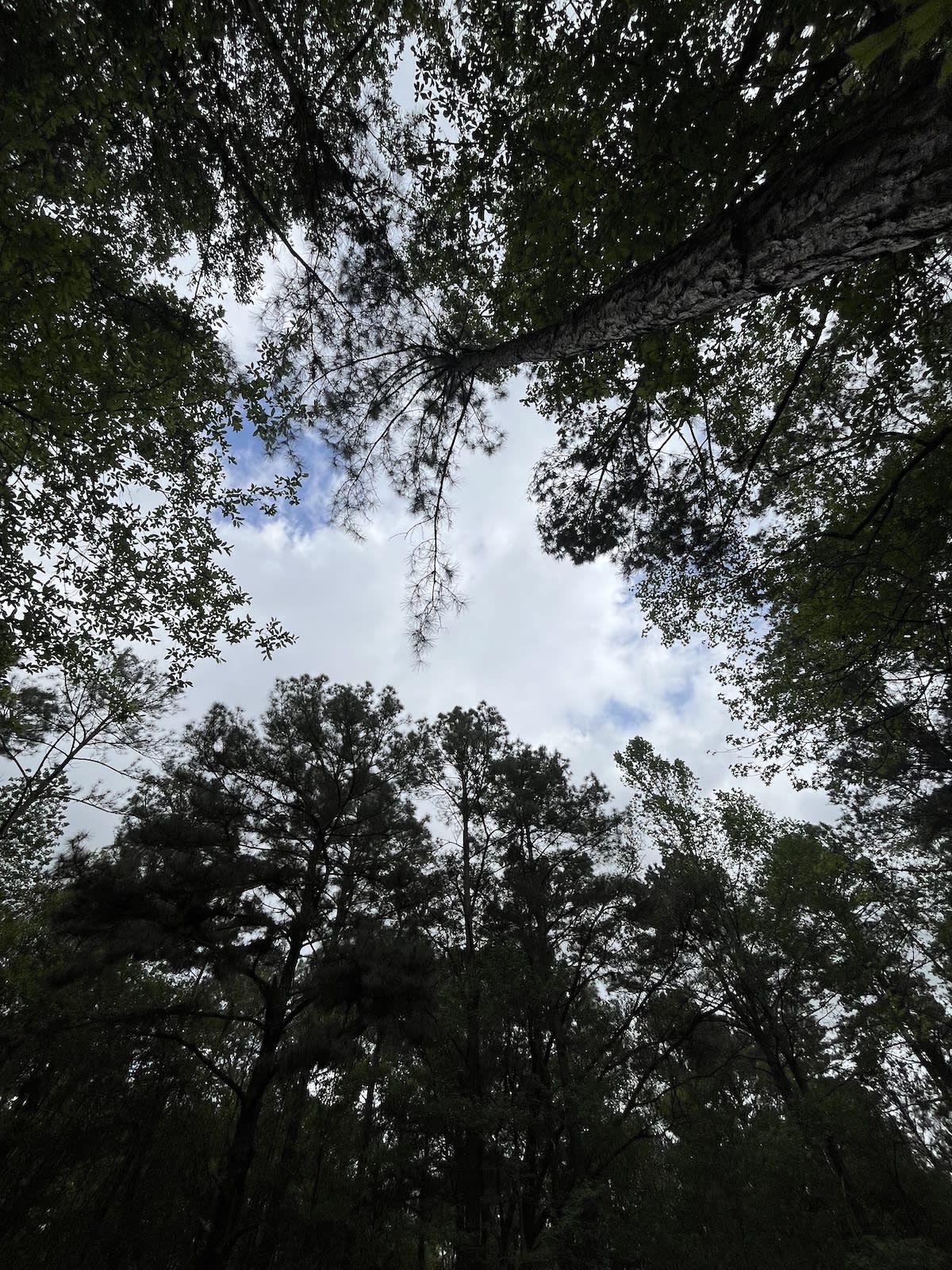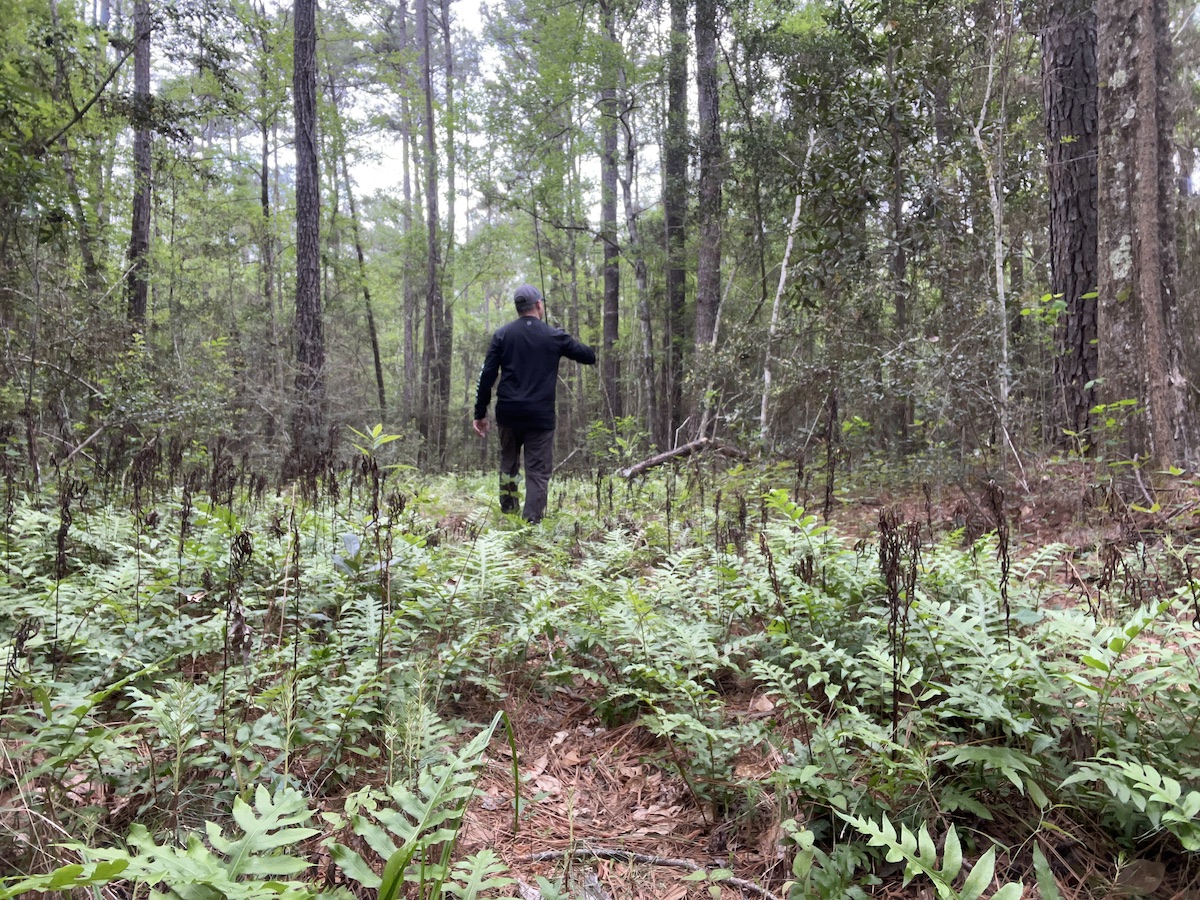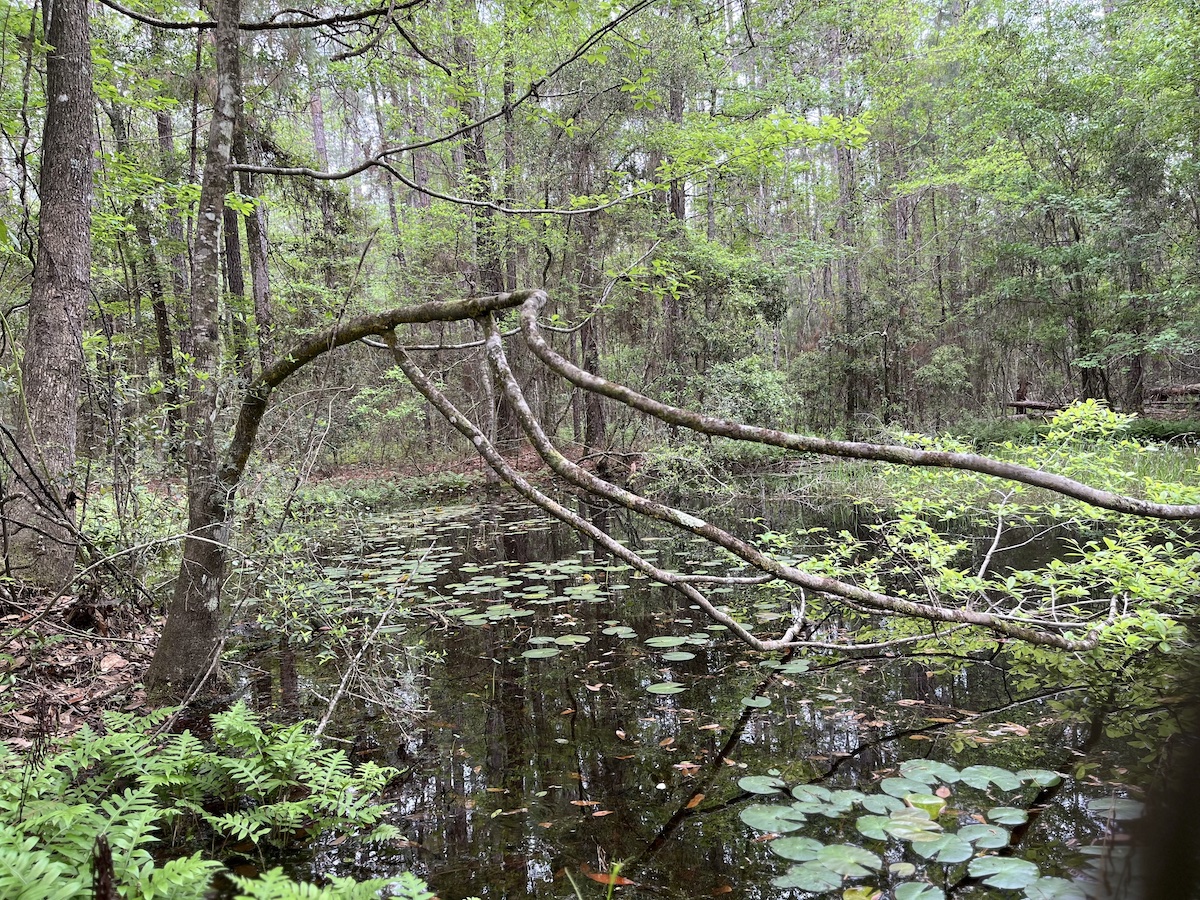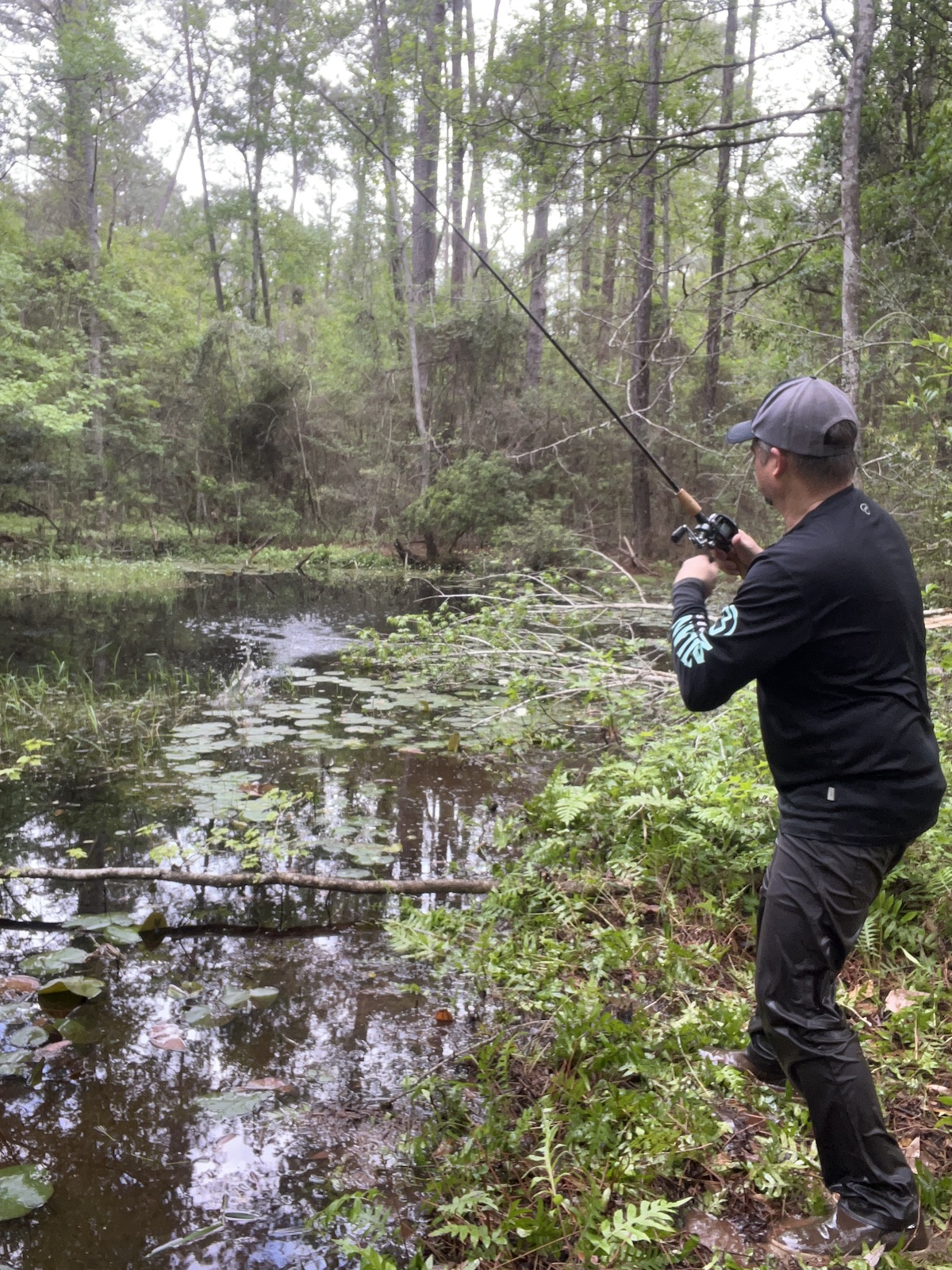Want to find hidden ponds? Just look up!
Keith Lusher 04.24.25

Discovering untouched, secluded fishing spots has been something I’ve been doing since before I can remember. These hidden waters offer huge advantages over heavily worked public fishing areas, from larger bass populations to more aggressive fish behavior. However, locating these elusive ponds can prove challenging, even with modern technology.

The Advantages of Secluded Ponds
Before delving into location techniques, it is essential to understand why these hidden waters are worth the effort to locate.
Unpressured Fish Populations
Fish in secluded ponds rarely encounter lures or artificial baits, resulting in more aggressive strikes and higher catch rates. Without the wariness that develops in heavily fished waters, these bass are more likely to view your lure as a genuine feeding opportunity.
Increased Bass Density
In isolated ponds, bass often become the dominant predator species. When bass populations outgrow other fish species in these environments, a higher concentration of bass competes for available forage, which translates to more strikes for anglers.
Trophy Potential
Perhaps the most compelling reason to seek out hidden ponds is their capacity to produce trophy-sized fish. Without harvest pressure from other anglers, bass in these environments can reach their full growth potential, offering opportunities for catches that simply aren’t available in public waters.
Enhanced Fishing Experience
Beyond the fishing itself, secluded ponds provide a peaceful environment free from the distractions and competition found in more accessible locations. This solitude allows for a more contemplative and enjoyable angling experience.
The Canopy Gap Method
While satellite imagery can help identify potential fishing spots, actually locating these ponds on foot can prove frustrating. During a recent expedition, I spent considerable time searching for a pond I had identified via Google Earth, only to come up empty-handed despite knowing I was in the general vicinity.
Then I recalled a technique I had developed years earlier—what I now call the “Canopy Gap Method.” Instead of focusing my attention at ground level, I redirected my gaze upward toward the tree canopy.
The principle behind this technique is straightforward: water and trees do not occupy the same space. Where there’s a pond, there will be a corresponding gap in the forest canopy directly above it.
To implement this method:
- Enter the general area where satellite imagery suggests a pond might be located
- Rather than scanning the horizon, look upward at the tree canopy
- Search for openings in the canopy where the sky is visible
- Navigate toward the opening

This works because any pond will have precisely the same size and shape as the gap in the trees above it. A pond that’s an acre in size will have an acre-sized opening in the tree canopy.
During my recent search, as soon as I spotted the blue sky showing through a distinct opening in the canopy, approximately 75 yards to my left, I immediately changed course. As expected, I soon encountered the hidden pond I had been seeking.
Application and Results
This simple technique has proven reliable across various types of woods. I first discovered its effectiveness while exploring near the Tchefuncte River as a youngster. I spotted some moving water in a roadside ditch, followed it, and it led me to a hidden pond that produced numerous trophy bass for years afterward.

The satisfaction of discovering and fishing these secluded waters extends beyond mere productivity. There’s an undeniable sense of accomplishment in locating and successfully fishing a body of water that most anglers will never know exists. The pond I recently discovered using the Canopy Gap Method will likely provide countless hours of productive fishing in the coming years.
Conclusion
While technology has revolutionized many aspects of fishing, sometimes the most effective techniques draw on simple observations of the natural world. The Canopy Gap Method represents one such approach—a straightforward yet powerful tool for locating hidden fishing opportunities.

By training yourself to look up rather than ahead, you may discover productive waters that have remained hidden from other anglers. The pursuit of these secluded spots offers not only better fishing but also a deeper connection to the environment in which we fish.
For demanding anglers willing to venture beyond the beaten path, the rewards of discovering untouched waters can pay dividends in the future. The next time you’re searching for that perfect, unpressured fishing spot, remember to look up—the answer may be written in the spaces between the trees.

